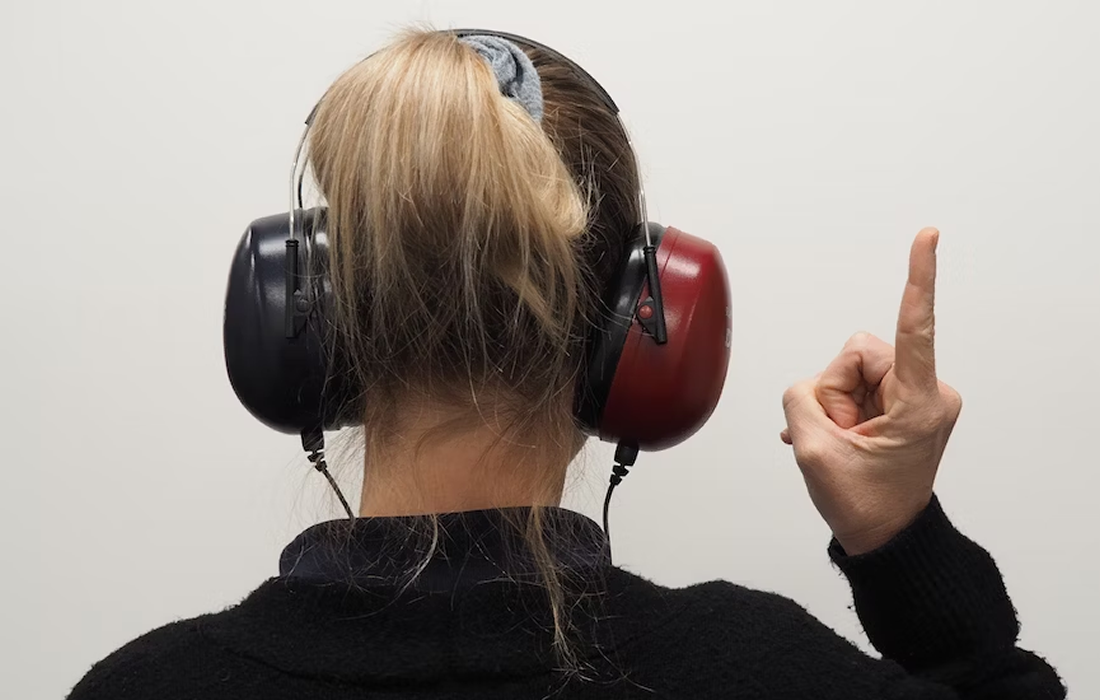Regenerative Medicine News and General Information
Scientists Discover Natural Repair Process That Fixes Damaged Hearing Cells
University of Virginia School of Medicine researchers have discovered how the cells that let us hear can repair themselves after being damaged. That important insight could benefit efforts to develop new and better ways to treat and prevent hearing loss.
“Hair cells” found in the inner ear, are important both for our ability to hear and our sense of balance. They are known as hair cells because the cells are covered in hair-like structures that serve as mechanical antennas for sound detection.
When auditory hair cells are killed, as we learn in school, they are gone for good. But the new UVA Health research shows these delicate cells have the ability to repair themselves from damage caused by loud noises or other forms of stress.
“For many years, auditory research has placed considerable emphasis on the regeneration of sensory hair cells. Although these efforts continue, it is equally important to enhance our comprehension of the intrinsic mechanisms that govern the repair and maintenance of these cells. By gaining a deeper understanding of these inherent repair processes, we can uncover strategies to fortify them effectively. One such approach in the future might involve the utilization of drugs that stimulate repair programs,” said researcher Jung-Bum Shin, PhD, of UVA’s Department of Neuroscience.
Hair cells are naturally fragile — they must be delicate so they can sense sound, but they also must withstand the continuous mechanical stress inherent in their jobs.
Prolonged exposure to loud noise harms hair cells in a variety of ways, and one of those is by damaging the cores of the “hairs” themselves. These hair-like structures are known as stereocilia, and Shin’s new research shows a process they use to repair themselves.
The hair cells do this by deploying a protein called XIRP2, which has the ability to sense damage to the cores, which are made of a substance called actin. Shin and his team found that XIRP2 first senses damage, then migrates to the damage site and repairs the cores by filling in new actin.
The pioneering work has netted Shin and his colleagues more than $2.3 million from the National Institutes of Health, grant R01DC021176, to fund additional research into how the cores are repaired. By understanding this, scientists will be better positioned to develop new ways to battle hearing loss — even the kind that comes from aging, the researchers say.
“Age-related hearing loss affects at least a third of all older adults,” Shin said. “Understanding and harnessing internal mechanisms by which hair cells counteract wear and tear will be crucial in identifying ways to prevent age-related hearing loss. Furthermore, this knowledge holds potential implications for associated conditions such as Alzheimer’s disease and other dementia conditions.”
Sources:
Elizabeth L Wagner, Jun-Sub Im, Stefano Sala, Maura I Nakahata, Terence E Imbery, Sihan Li, Daniel Chen, Katherine Nimchuk, Yael Noy, David W Archer, Wenhao Xu, George Hashisaki, Karen B Avraham, Patrick W Oakes, Jung-Bum Shin. Repair of noise-induced damage to stereocilia F-actin cores is facilitated by XIRP2 and its novel mechanosensor domain. eLife, 2023; 12 DOI: 10.7554/eLife.72681
University of Virginia Health System. (2023, July 10). Scientists discover natural repair process that fixes damaged hearing cells. ScienceDaily. Retrieved July 10, 2023 from www.sciencedaily.com/releases/2023/07/230710113811.htm
Image from: https://unsplash.com/photos/uyT0lsfimjI

